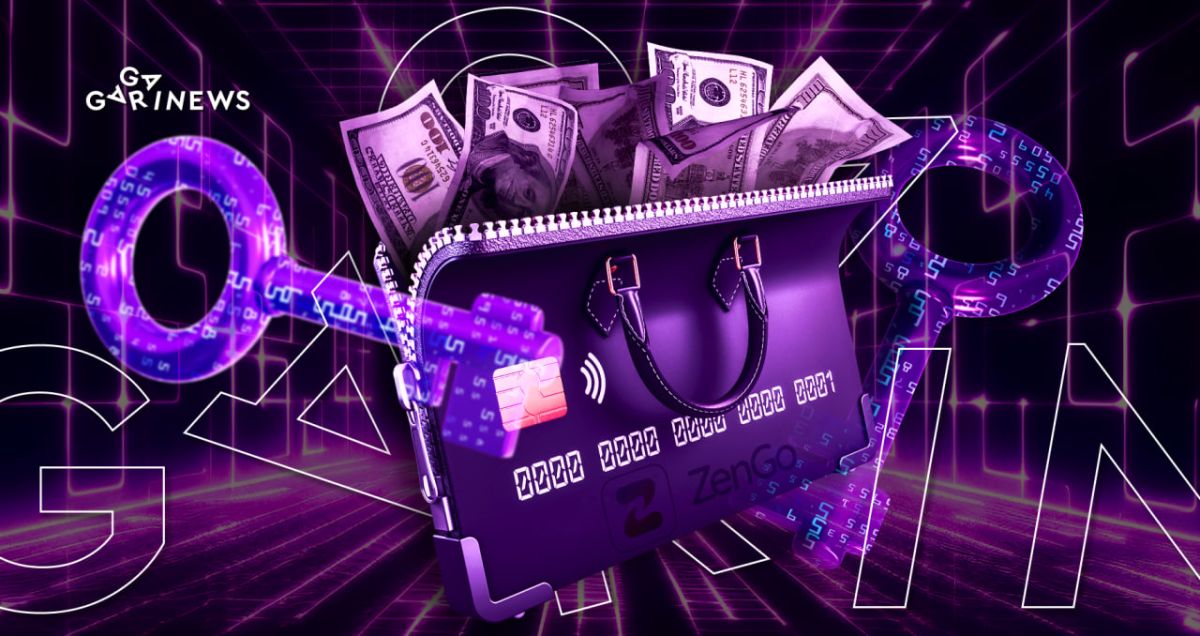ZenGo Wallet: Keyless and Seed-Phrase-Free

The ZenGo crypto wallet developers assert it has remained unhacked. Can we trust that multi-party computation (MPC) provides better security than a traditional private key?
Introduced in 2018, the ZenGo mobile wallet quickly gained recognition as a user-friendly storage solution for cryptocurrencies and NFTs. Its unique feature is the absence of typical seed phrases and keys to secure assets. Instead, it incorporates an account system, 3D FaceLock, and a Zengo backup file.
What is MPC?
The cryptographic protocol known as Multi-Party Computation (MPC) is trusted by some traditional financial institutions and crypto exchanges, like Coinbase, to safeguard their assets.
This robust identification system includes:
- Email account password,
- 3D FaceLock (encrypted biometric scanning),
- Zengo's recovery file,
- Dual asset storage, both on the user's smartphone and ZenGo's remote server,
- A smart contract to verify the owner's signature..
While the majority of crypto wallets interact with blockchains using seed phrases, MPC eliminates the need to remember or store a sequence of unrelated words. In the developers' opinion, the absence of a private key enhances security, as there's no single point of vulnerability.
ZenGo's Notable Advantages
Since its official launch, ZenGo's active user base has grown close to 900,000. This number, while significant, doesn't particularly stand out.
For perspective: by the end of 2022, the MetaMask wallet had around 30 million accounts.
ZenGo App's Strong Suits:
- Available on both the App Store and Google Play.
- No charges for downloading.
- Intuitive and clear interface.
- Round-the-clock and friendly customer support.
- Proven security (no recorded successful breaches yet).
- Capability to buy cryptocurrencies using debit and credit cards.
- Integration with Apple Pay.
- Compatibility with dApps and NFTs, including ordinals.
- Provides staking of assets with an annual return of 2-4%.
One significant advantage of ZenGo: because the account isn't tethered to the ECDSA private key, it simplifies the process of transferring assets to another user, especially during ownership changes. In this aspect, MPC bears similarities to account abstraction, which became more prevalent after the introduction of the ERC-4337 standard.
It's also worth noting that if you lose your phone, the wallet can be quickly locked and restored on another device. However, ZenGo isn't limited to the EVM ecosystem. On the contrary, it's not reliant on any single blockchain and exemplifies a multi-network wallet technology.
ZenGo Wallet's Shortcomings
The relatively modest user base of the ZenGo app can be attributed to three primary factors:
- Mistrust in MPC Security: The prevailing sentiment in the crypto world is “Not your keys, not your coins.” This belief has substantial merit. The practice of additionally storing assets on a server, especially one governed by the project's founders, raises trust issues. Furthermore, the lack of direct blockchain connection hints at a degree of centralization.
- Elevated Fees: True, the ZenGo wallet is free to install. However, as is commonly understood, “Nothing is truly free.” Users have pointed out that the fees are substantially higher than typical market averages.
- Restricted Cryptocurrency Support: At present, the wallet only accommodates about 70 cryptocurrencies, a number that's not highly competitive in the crypto wallet domain.
Other noted drawbacks are the app's linguistic limitation (supporting solely English and French) and its transaction speeds not meeting the advertised claims. Some transfers reportedly take as long as 30 minutes, which often hinders timely trades, especially with highly volatile assets.
The content on The Coinomist is for informational purposes only and should not be interpreted as financial advice. While we strive to provide accurate and up-to-date information, we do not guarantee the accuracy, completeness, or reliability of any content. Neither we accept liability for any errors or omissions in the information provided or for any financial losses incurred as a result of relying on this information. Actions based on this content are at your own risk. Always do your own research and consult a professional. See our Terms, Privacy Policy, and Disclaimers for more details.


























